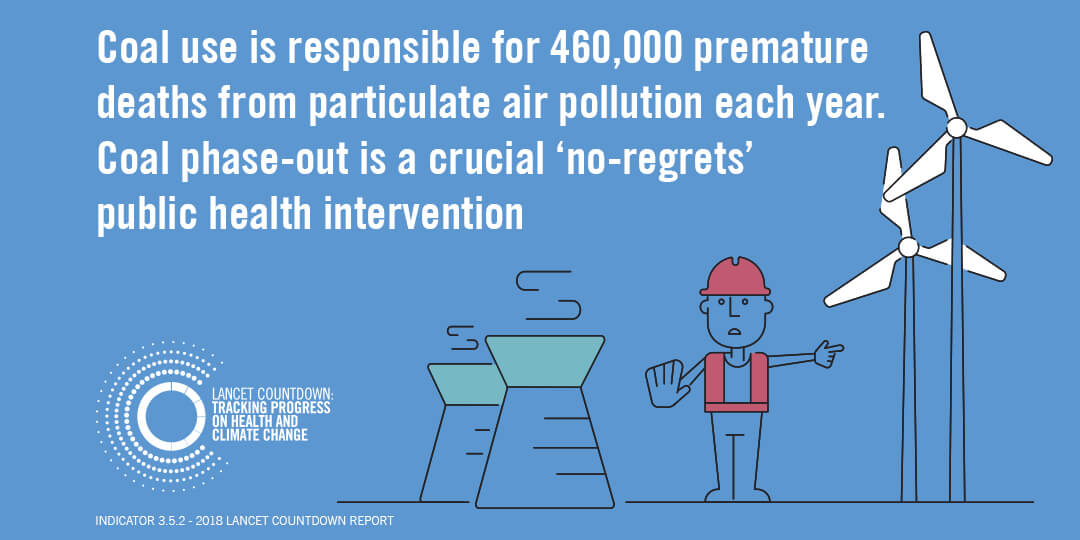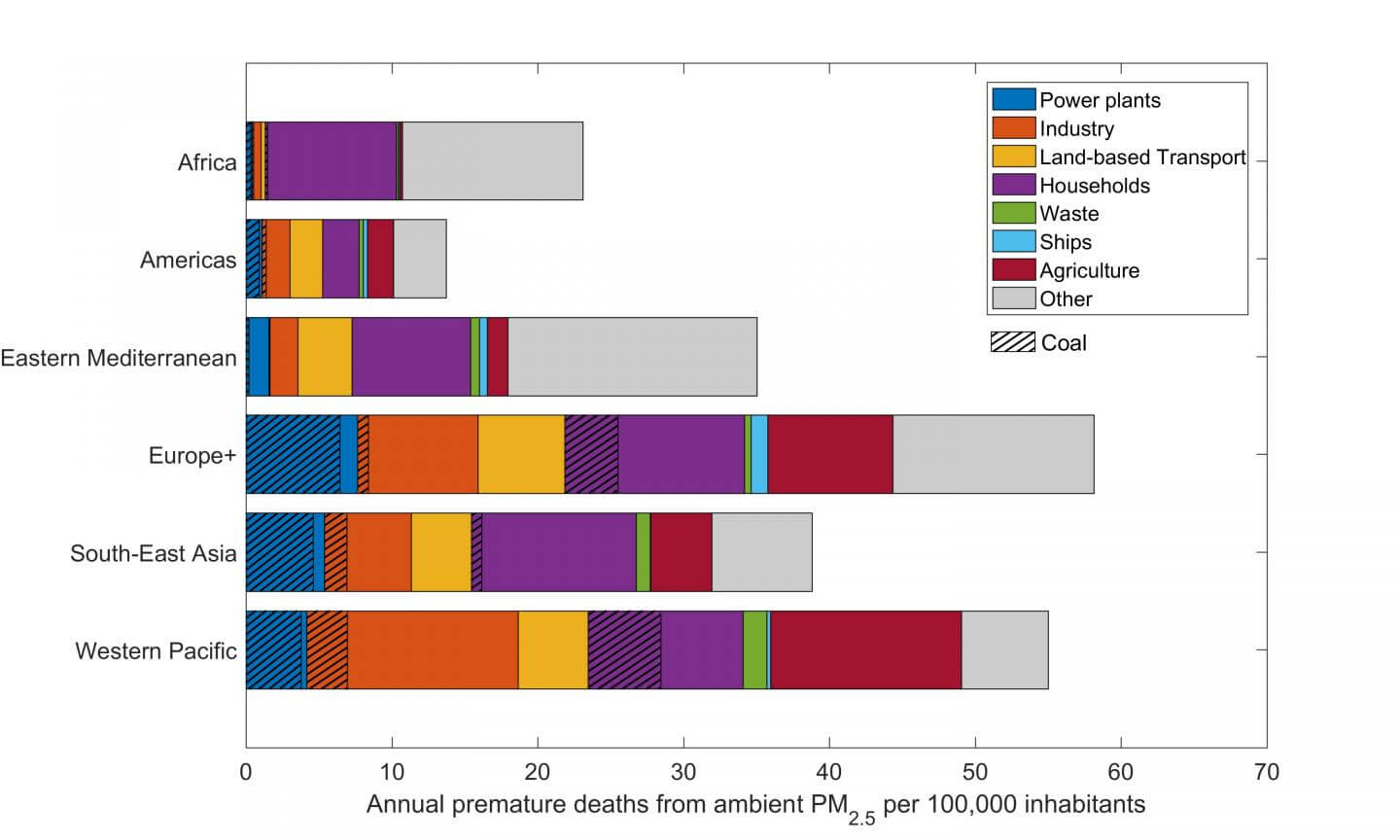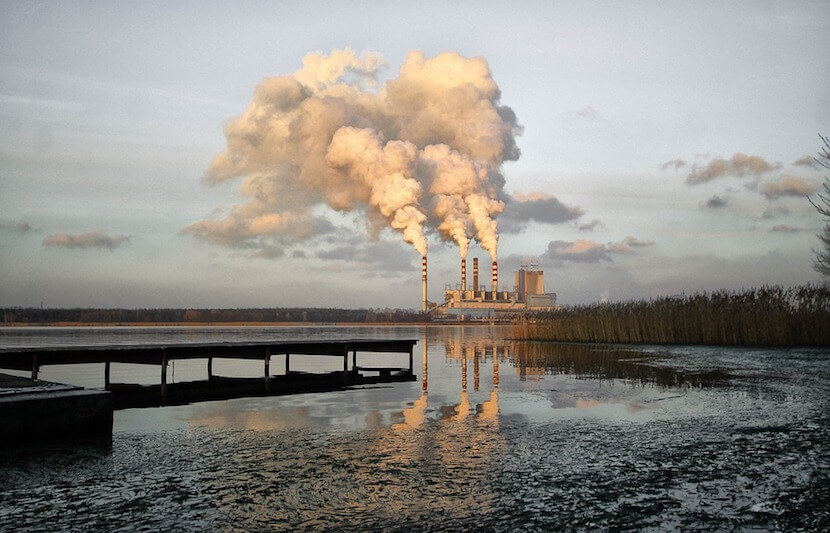According to the United Nation’s World Meteorological Organization, 2018 has marked the fourth hottest year on record for the Earth.
Despite some who still may disagree, the World Weather Attribution Study for northern Europe showed that this summer’s heat wave was twice as likely to have happened as a result of man-made climate change.
Of the 478 global cities surveyed in the report, 51 percent expect climate change to seriously compromise their public health infrastructure.
The heat waves are bringing serious health risks, often leading to premature deaths, a new study confirmed.
Researchers contributing to the 2018 Report of the Lancet Countdown: Tracking Progress on Health and Climate Change found that rising temperature can cause heat stress and premature deaths.
Leading doctors, academics and policy professionals from 27 organizations have contributed analysis and jointly conducted the study. The partners behind the research include the International Institute for Applied Systems Analysis (IIASA), the World Bank, World Health Organization (WHO), University College London and Tsinghua University, among others.
The paper is published in The Lancet.
“The whole study looks at the consequences of climate change on human health, in a very broad sense, from heat stress, weather extremes, diseases etc., but also from the activities that cause climate change, like co-emitted air pollution from fossil fuel combustion,” said Gregor Kiesewetter, an IIASA researcher who led a team from the Air Pollution and Greenhouse Gases research program.
Heat stress
While the temperature did increase, the study found that the heat that we feel is much hotter than the rise in actual temperature.
The average global temperature change to which humans are exposed is more than double the global average change, with temperatures rising 0.8 degree Centigrade versus 0.3 degree Centigrade.
The study shows that 157 million more people were subjected to a heatwave in 2017 than in 2000, and 18 million more than in 2016. Despite how commonplace heat stress has become in recent years, the current health systems are ill equipped to cope.

In particular, the researchers found that older people are more vulnerable to extremes of heat. In Europe and the East Mediterranean, places with aging populations living in cities, 42 percent and 43 percent of over-65s are vulnerable to heat, respectively.
In Africa and Asia, 38 percent and 34 percent are vulnerable, respectively.
“Heat stress is hitting hard — particularly amongst the urban elderly, and those with underlying health conditions such as cardiovascular disease, diabetes or chronic kidney disease. In high temperatures, outdoor work, especially in agriculture, is hazardous,” Hugh Montgomery, co-chair of The Lancet Countdown on Health and Climate Change and director of the Institute for Human Health and Performance, University College London, said in a statement.
“Areas from Northern England and California, to Australia are seeing savage fires with direct deaths, displacement and loss of housing as well as respiratory impacts from smoke inhalation.”
However, Alice McGushin, a member of the Lancet Countdown secretariat, warns that everyone, even including healthy, young college students are all affected.
“It is important to follow the instructions of your local government public health information systems,” said McGushin.
“They can warn you, for example, when temperatures are warm enough to increase your risk of heat-related illness and advise you to take measures, such as staying out of the heat, keeping your environment cool, and making sure your regular medications are stored below 25 degrees.”
Heat and air pollution
The study shows that heat greatly exacerbates urban air pollution, with 97 percent of cities in low and middle income countries not meeting WHO air quality guidelines.
In 2015, the ambient air pollution caused several million premature deaths globally. The results confirmed earlier assessments.
The most interesting finding from this year’s study was that coal alone accounts for 16 percent of pollution-related premature deaths, around 460,000.

Kiesewetter’s team used the GAINS Model, developed by IIASA, that calculates the emissions of precursors of particulate matter based on a detailed breakdown of economic sectors and fuels used.

The graph shows large contributions to ambient air pollution come from the residential sector, mostly from solid fuels like biomass and coal. Industry, electricity generation, transport, and agriculture are also important contributors.
According to Kiesewetter, the category “other” in the graph includes mainly natural particles, such as soil dust and sea salt, but also anthropogenic pollution sources that don’t fit in any other listed category, such as barbecues and fireworks.
Additionally, the study found that rising temperatures and unseasonable warmth is responsible not only for heat stress and air pollution, but also for cholera and dengue fever spreading, with vectorial capacity for their transmission increasing across many endemic areas.

Possible solutions
The researchers say urgent steps are necessary to protect people now from the impacts of climate change.
In a statement, the team pointed out that phasing out coal-use is a “crucial no-regret intervention for public health.”
While coal should be a key target for early phase-out in households and electricity generation as it is highly polluting, it is not all that should be done.
“The attribution shows that unfortunately an approach targeting a single sector or fuel won’t solve the problem — air pollution is a multi-faceted issue that needs integrated strategies cutting across many sectors, which will differ from country to country,” Kiesewetter said in a statement.
“This is what we typically do with the regional and local GAINS model: giving advice to policymakers on the most efficient approaches to tackle air pollution in their specific settings.”
In particular, stronger labor regulations are necessary to protect workers from extremes of heat and hospitals, and the health systems we rely on need to be better equipped for extreme heat so they are able to cope.
“We need to prevent climate change from continuing unabated by reducing greenhouse gas emissions and we need to also adapt our health systems to be prepared with the changes in patterns of diseases that we will see,” said McGushin.
But, the report stresses that reducing greenhouse emissions is the ultimate solution to increasing temperature. If left unabated, the current climate change and heat will overpower even the strongest of systems.
“The world has yet to effectively cut its emissions. The speed of climate change threatens our, and our children’s lives. Following current trends we exhaust our carbon budget required to keep warming below two degrees, by 2032,” Anthony Costello, co-chair of The Lancet Countdown, said in a statement.
“The health impacts of climate change above this level above this level threaten to overwhelm our emergency and health services.”
The next step
According to Kiesewetter, IIASA researchers will be looking at whether other fossil fuels, not only coal, contribute to air pollution causing deaths.
They also plan to do a backward analysis of historic changes in air pollution levels by attributing the trends into macroeconomic trends, shifts in the fuel structure and air pollution control policies. They are expecting to find possible health benefits of fuel shifts that have already taken place.
Lastly, they are planning to study future scenarios of decarbonization to analyze possible pathways towards sustainability and quantify their expected benefits for human health.



